Translations with specialist terminology
The translations produced and revised by specialist native translators at SMG UK, are always accompanied by a glossary of specific terms commonly used within the client’s area of interest.
The glossary is drawn up by the same expert translator, even before starting the translation, in order to update and align their knowledge and skills in the sector with the very latest terminology. Subsequently, the glossary is updated alongside the translation and, once the work is complete, the glossary and translation are revised and, at the request of the customer, also proofread by a reviewer for an even more accurate result.
There are two purposes for drafting a glossary and – in general – the terminology research process included in SMG UK’s translation services:
- It allows us to expand our translation memories – created over many years of business – with additional industry-specific information and terms so that we can translate more content for the client in the future with even greater speed and accuracy.
- It allows us to bring translations up to the latest industry standards: using terminology appropriate and consistent with the trends and language variations of the moment facilitates understanding between the client and their international interlocutors and reduces the risk of misunderstandings caused by translating texts from one language into another.
The SMG UK terminology analysis process

Before receiving the first tranche of translated text, the allocated reviser reads a sample of the content to be translated and sends recommendations to the translator, also indicating any authoritative sources of reference.

The translator creates a glossary in the source language of the key technical terms.

The reviser checks the list is complete, making sure that the translator has identified all the key terms.

The translator creates a glossary in the source language combining terms with definitions taken from single-language specialised dictionaries and verified in authoritative sector publications. If deemed necessary, the translator adds to the definitions with thorough descriptions and cites the sources.

Subsequently, the translator draws up the glossary in the target language, searching for the translations of the terms in authoritative dictionaries and studying the topic in more depth to complete the glossary with additional key terms in that language.

The reviser corrects the translation and the glossary based on these definitions. The correct terms are identified by comparing the definitions of the terms found in the two glossaries: this creates a translation that is non-literal but instead based on the meanings of the opposing terms.

If the translation service ordered by the client also requires proofreading with tracked changes, the glossary in the source language and the glossary in the target language are each checked by a native speaker expert on the subject, to whom the reviser sends the final translation and glossary, including any doubts and suggestions. Once the work is complete, the reviewer sends it to the reviser.

After correcting the texts and the glossary, the reviser asks the translator to confirm the corrections made.

The translator checks and finally forwards the glossary to the client for approval.

